About Hammond’s Field Nature Reserve
One of the few remaining areas of unimproved farmland around the moorland fringes, Hammond’s Field forms a small part (x4.2 hectares) of the South Pennine Moors Special Protected Area (SPA). Rich in wildlife, this semi-improved wet pasture has an interesting mosaic of habitats enclosed by traditional drystone walls.
Note: There is no access to the field itself, but a viewing area has been created at the south west corner at the end of approach track, which is a permissive path.
Hammond’s Field is generally very wet in winter as evidenced by large areas of soft rush and smaller clumps of sphagnum moss. Field woodrush and grasses such as Yorkshire fog, common bent and marsh foxtail are very much in evidence. Other common species include creeping buttercup, cuckooflower, heath bedstraw and tormentil.
Along with the surrounding rough grassland pasture, hay meadows and moorland, Hammond’s Field provides a varied mosaic of habitats for important wading bird species such as lapwing, snipe, curlew and golden plover, both in the breeding and wintering seasons. Management is focused around providing suitable breeding habitat for curlew, lapwing and snipe through control of soft rush. Cattle graze the reserve to create a more diverse vegetation structure from late summer and through the autumn when there is least disturbance to breeding birds and ground flora.
A large number of common toads and smooth newts have been found hibernating in the old drystone wall on the southern boundary. Skylarks and meadow pipits have also been known to successfully nest on the reserve and swallow, house martin, kestrel, grey wagtail, mistle thrush, goldfinch and linnet are regular visitor. The reserve also attracts and supports a large variety of butterflies, with meadow brown, gatekeeper, peacock, small heath, ringlet, small tortoiseshell, red admiral, orange tip, green veined white, small white, large white and small copper all having been recorded during the summer of 2017. You may also be lucky enough to see a painted lady or wall brown butterfly that have also recently been recorded very nearby the reserve. Email us for more information.
Volunteering at Hammond’s Field
Find out more about volunteering with Sheffield & Rotherham Wildlife Trust.
Thank You
Together with our members and volunteers we take care of 15 nature reserves, including Hammond’s Field, spanning almost 600 hectares, across Sheffield and Rotherham. These are places where you can enjoy nature and where our conservation work helps the wildlife you love to thrive.
Your donations make it possible for us to care for Hammond’s Field. Thank you!
Access Information
Getting There
- Public Transport
- Bus number 51 stops at Lodge Moor bus terminus on Redmires Road, a 20 minute walk from the nature reserve. Buses 273, 274 and 275 all stop on Manchester Road to the north of the reserve. Find more details on the Travel South Yorkshire website.
- Directions
- From Sheffield city centre take the A57 from Brook Hill roundabout and continue on to Fulwood Road, taking a slight right to continue along the A57 into Manchester Road. Continue for around half a mile before turning left onto Selbourne Road, then turn left onto Sandygate Road. Continue and keep right to follow onto Redmires Road for around 2.5 miles and park in Wyming Brook car park, or continue on along Redmires Road to park next to the top reservoir. Hammond’s Field is located along the signposted footpath opposite the reservoir on the right hand side.
Accessibility
- There is no access to the field itself, but a viewing area has been created at the south west corner at the end of approach track, which is a permissive path.
Other Information
- Dogs are not permitted on the reserve.
- Camping is not permitted at this reserve.
- Barbecues and campfires are not permitted at this reserve.


The Countryside Code
Always follow the Countryside Code. Respect, Protect, Enjoy your local green spaces.
Read More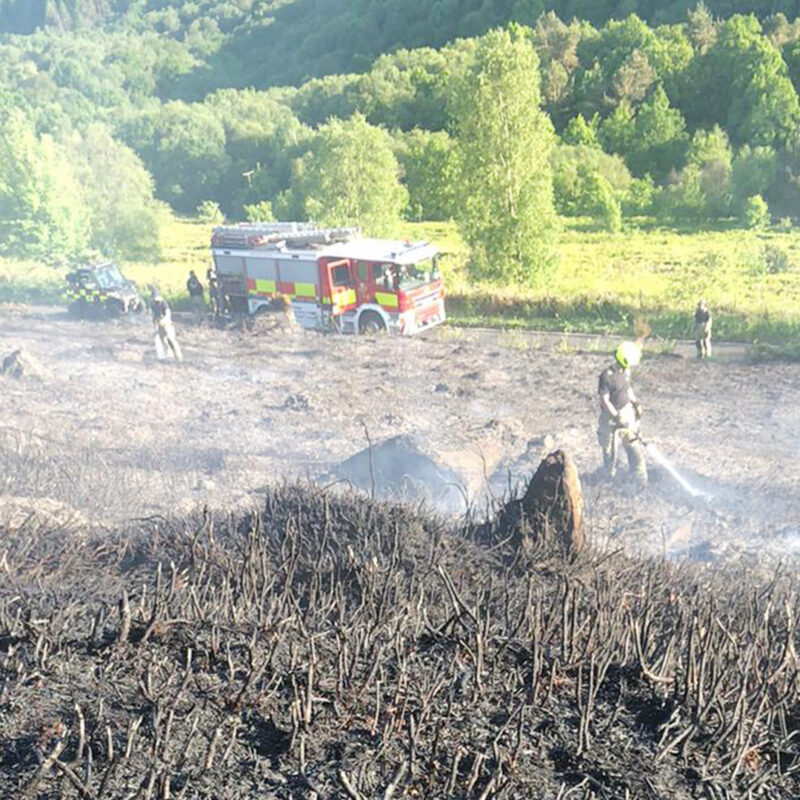
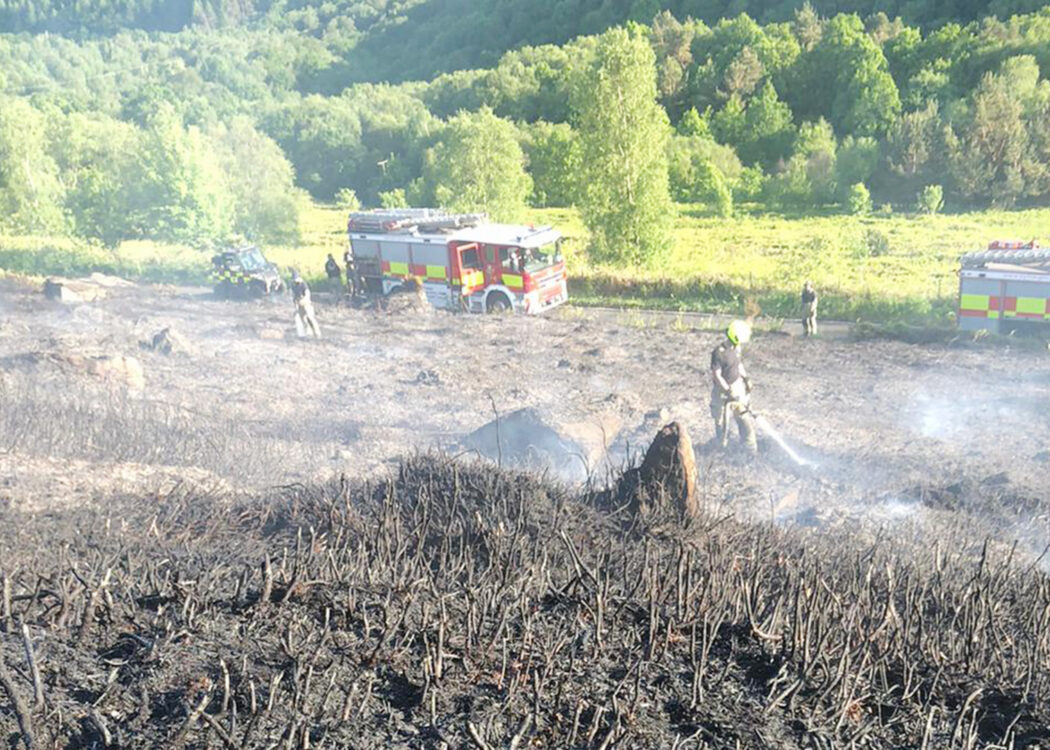
Wildfire safety advice
How to report a wildfire and information on the causes and preventions of countryside fires.
Read MoreDownloads
Explore more Nature Reserves

Agden Bog
A classic example of a type of bog that has now mostly disappeared from our landscape.
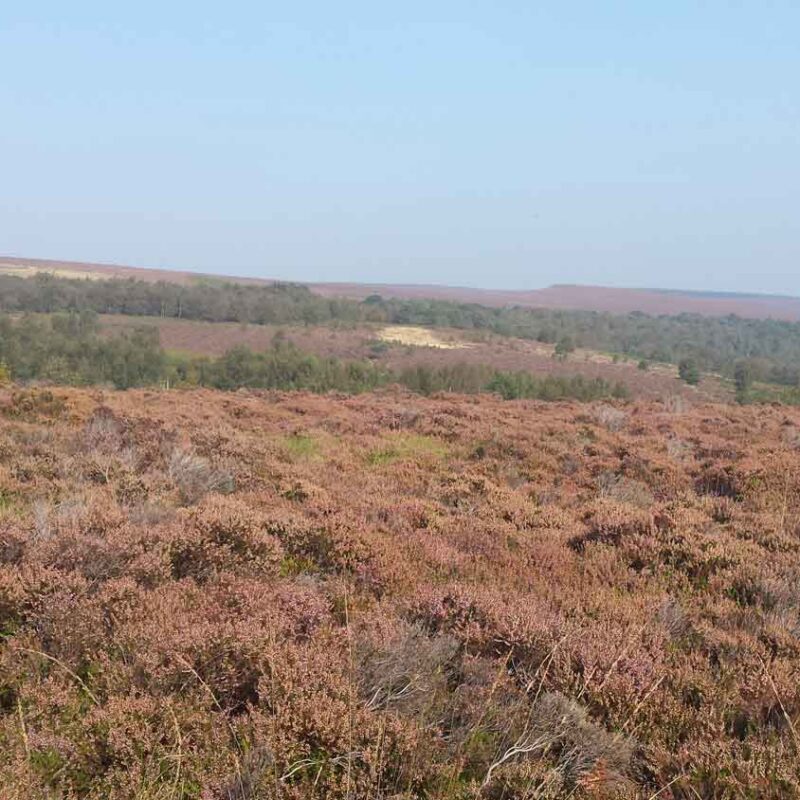
Blacka Moor
A magnificent moorland, the largest of our reserves.
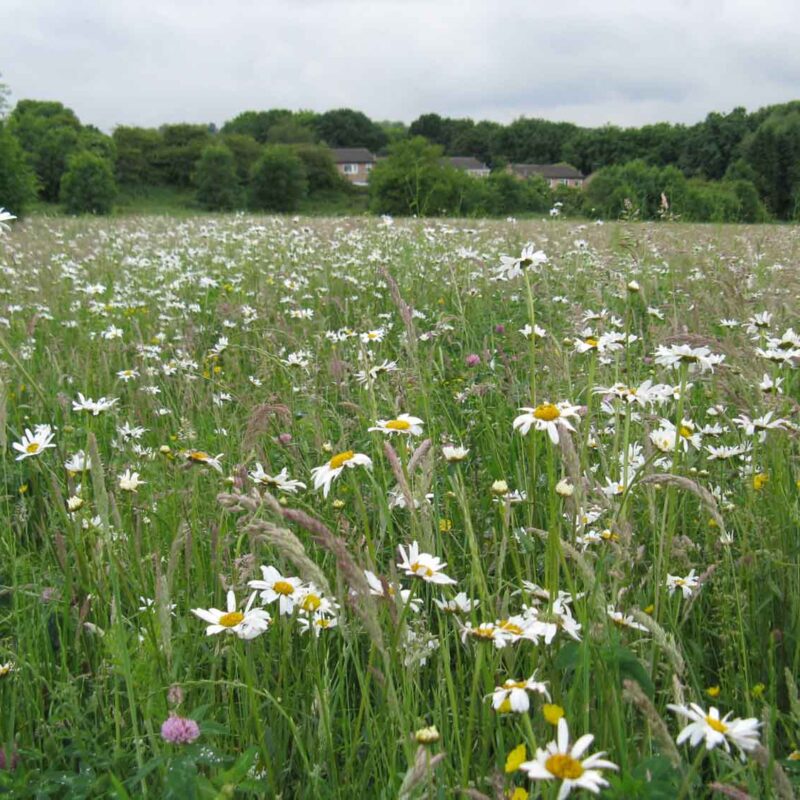
Carbrook Ravine
A small but varied reserve nestled amongst the urban landscape.
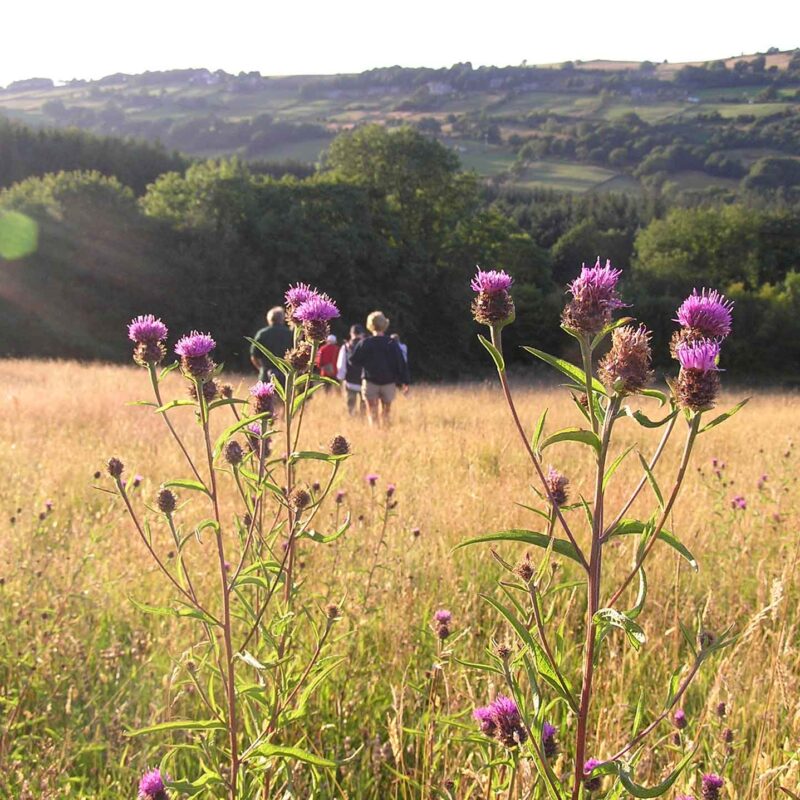
Carr House Meadows
A patchwork of flower-rich meadows, perched above the Ewden Valley.
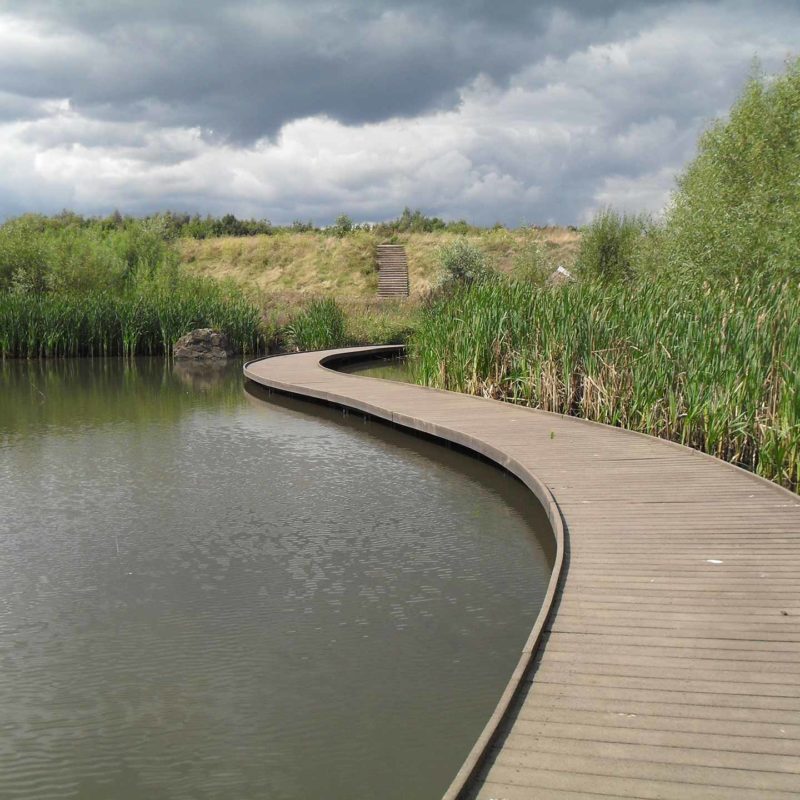
Centenary Riverside
From steel works to wetland wildlife haven.
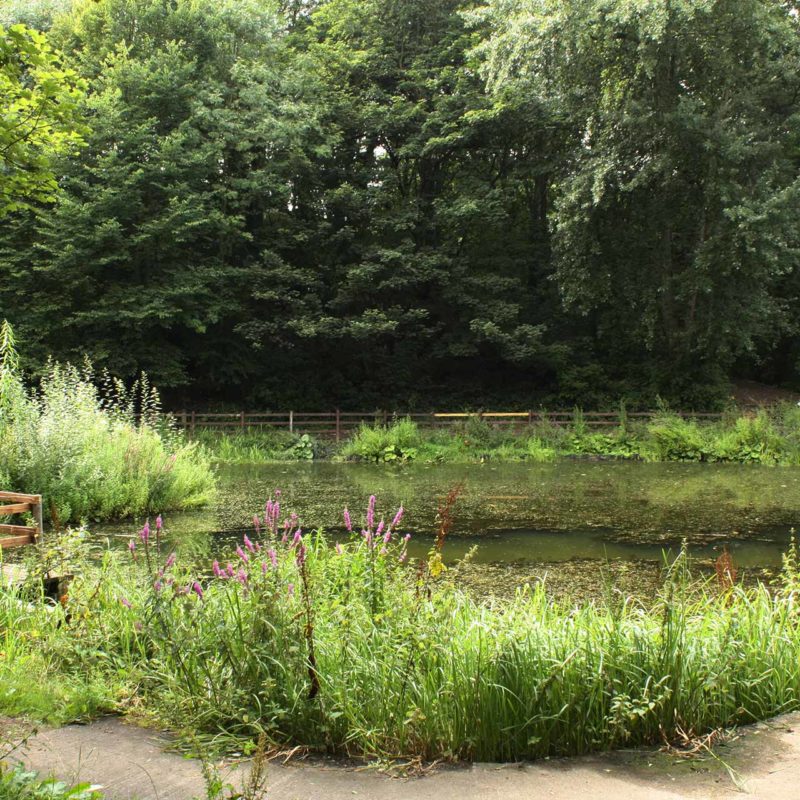
Crabtree Ponds
Crabtree Ponds is Burngreave's hidden gem.
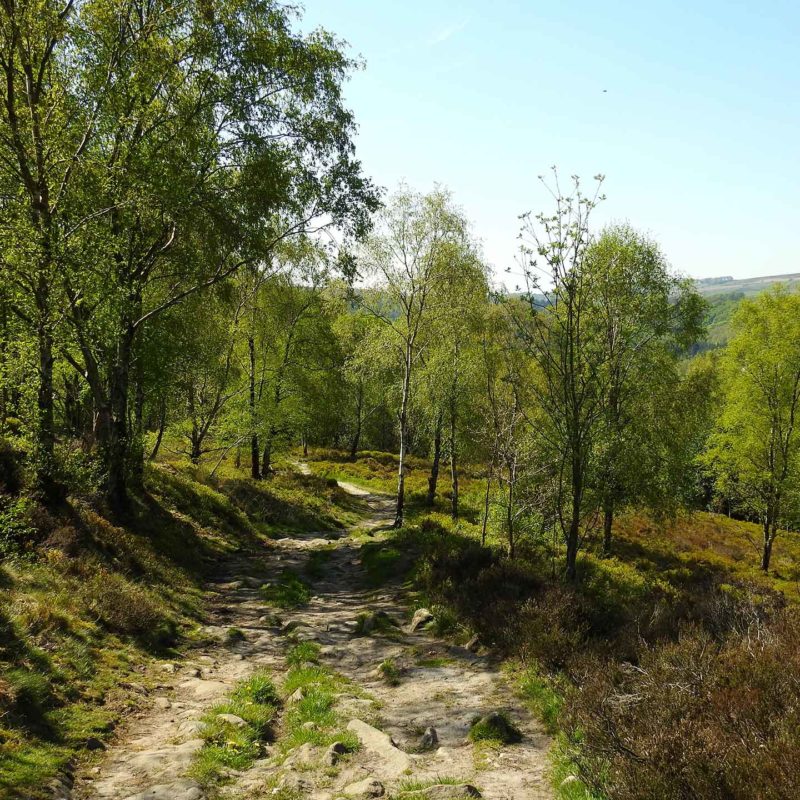
Fox Hagg
A recently extended patch of heathland and woodland, neighbouring Wyming Brook.
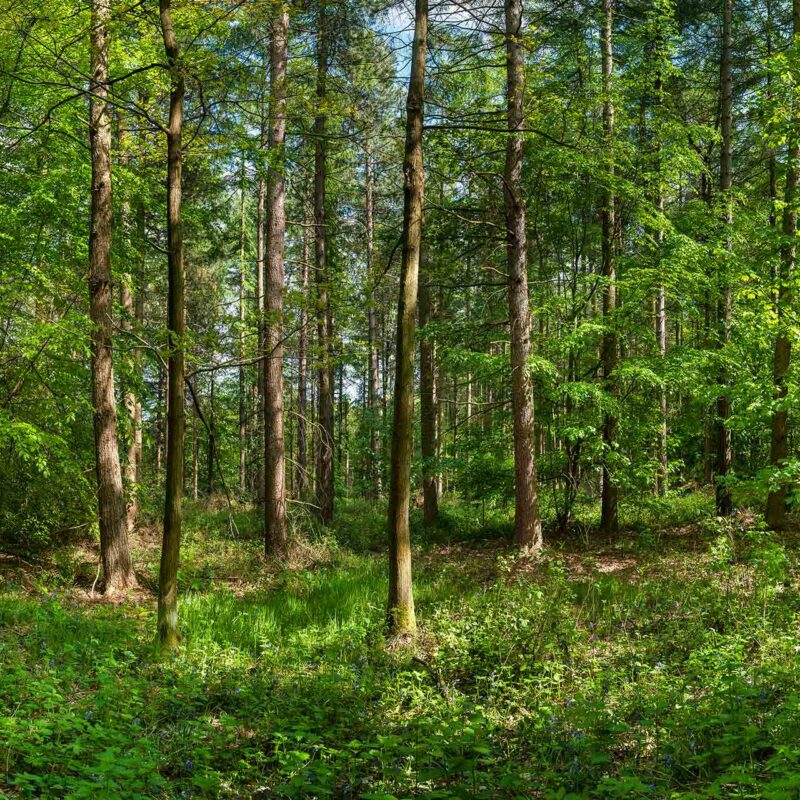
Greno Woods
An ancient woodland, rich in wildlife and full of historic interest.
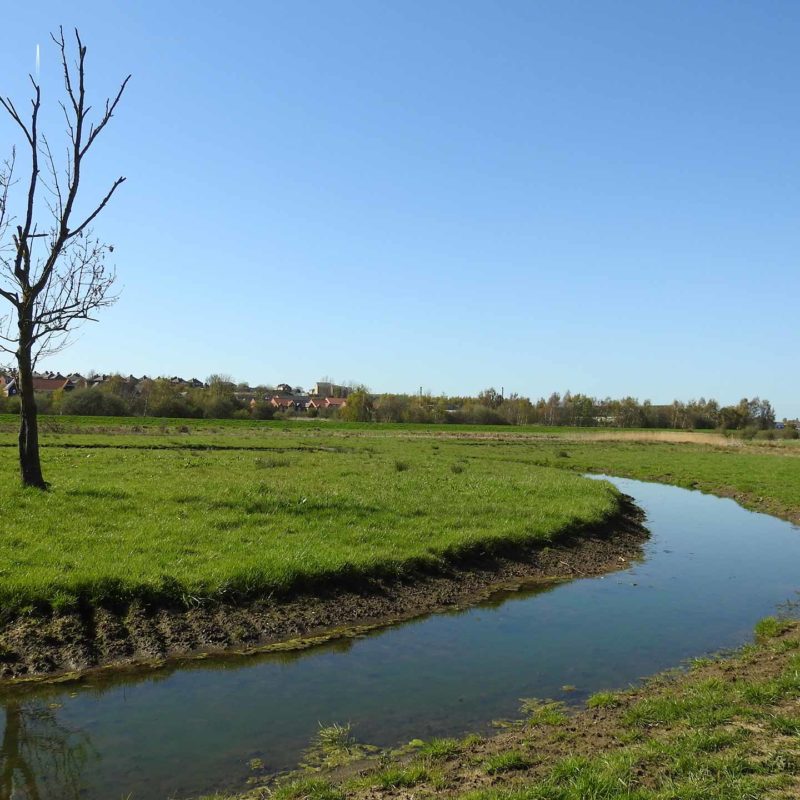
Kilnhurst Ings
A post-industrial washland on the River Don.
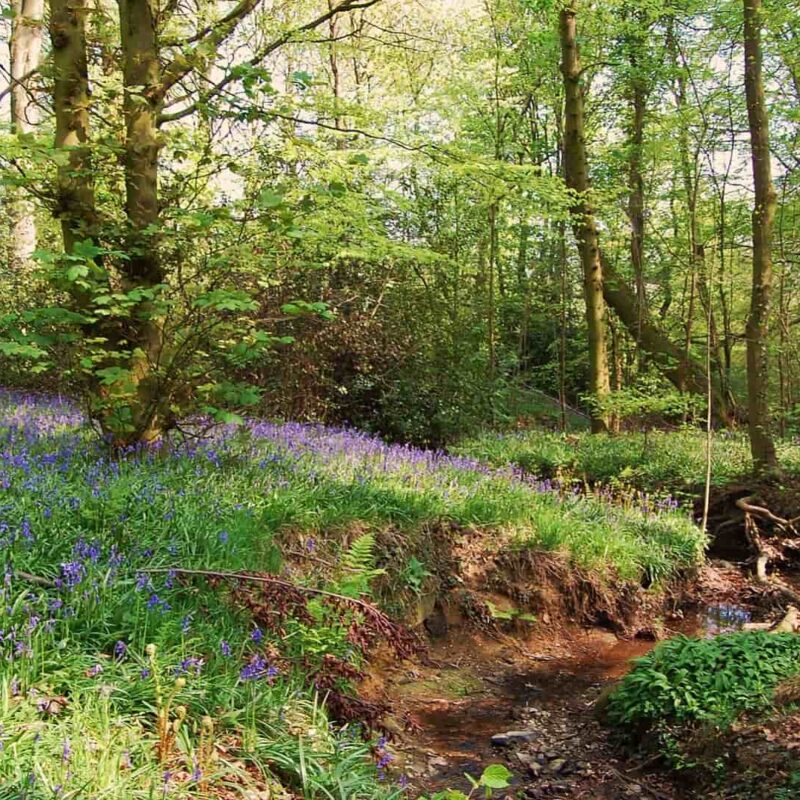
Moss Valley Woodlands
Majestic beech trees tower overhead in these beautiful ancient woodlands.
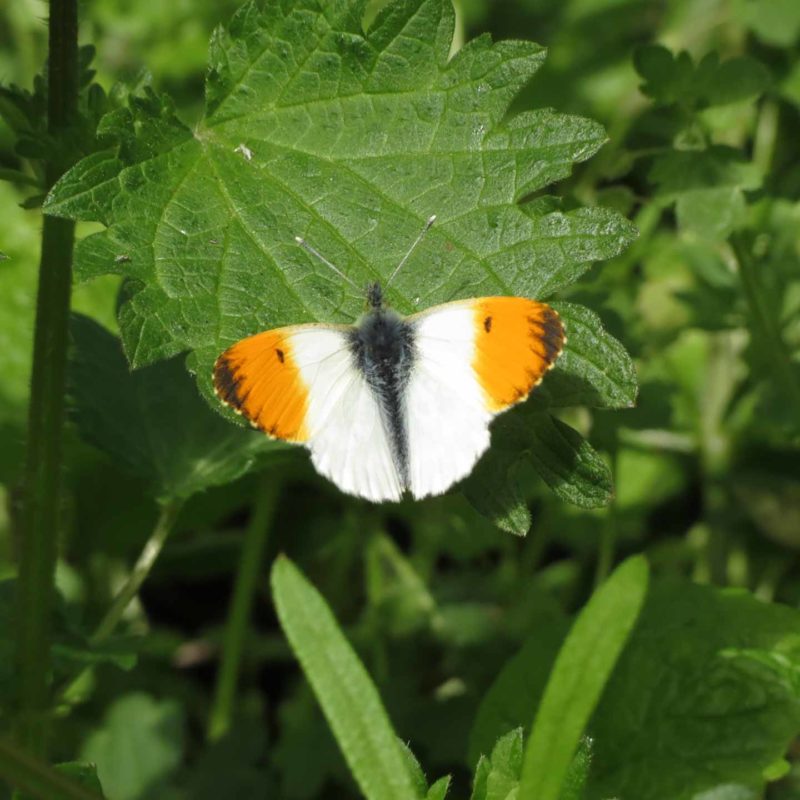
Salmon Pastures
From post-industrial wasteland to a vital green corridor.
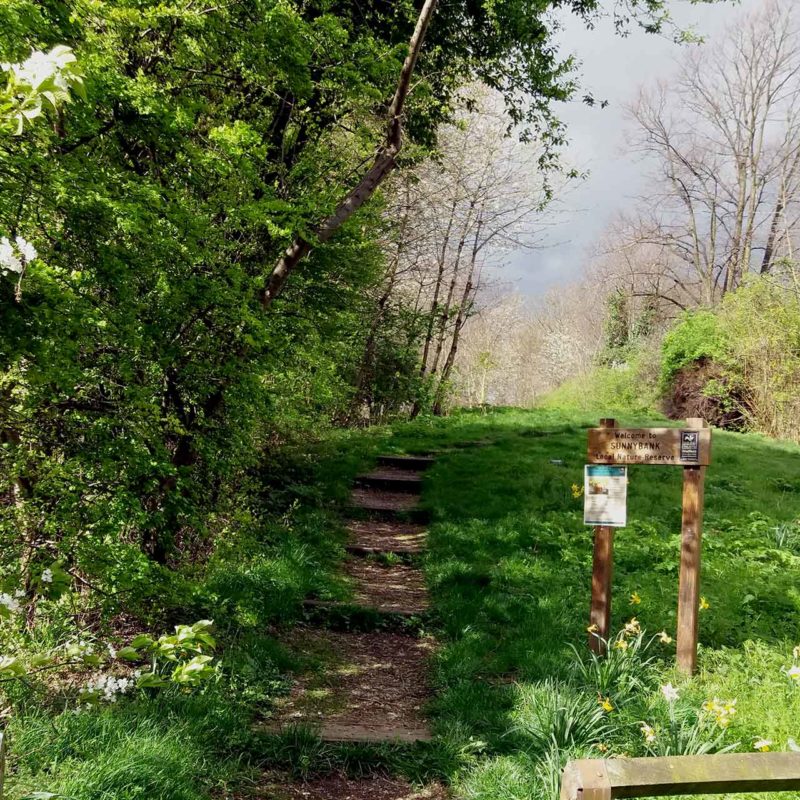
Sunnybank
A scenic short-cut, for people and wildlife.
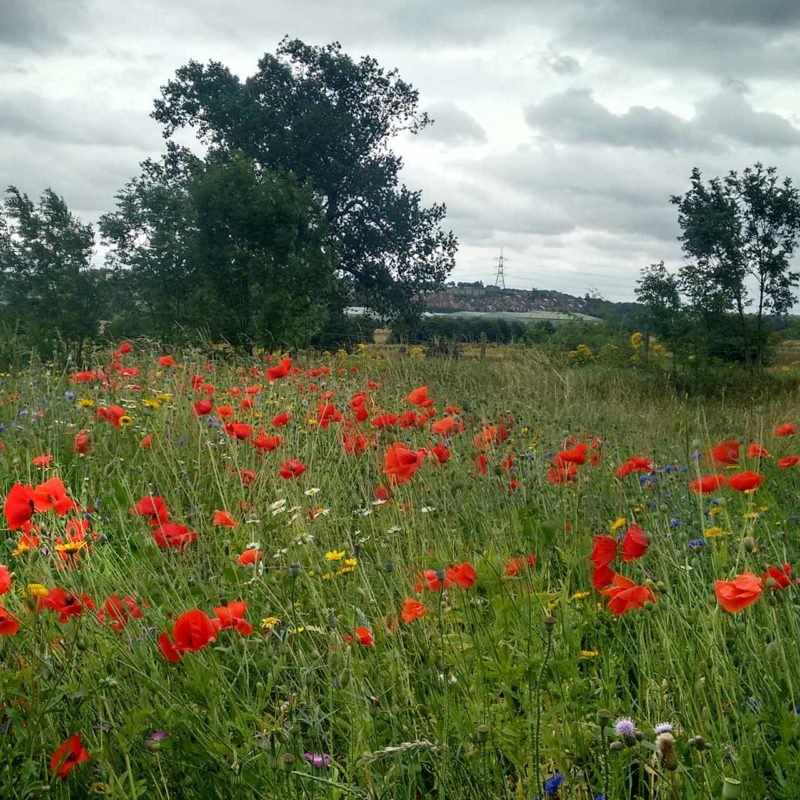
Woodhouse Washlands
A mosaic of wet and dry grasslands, swamp, wet ditches, ponds and scrub.
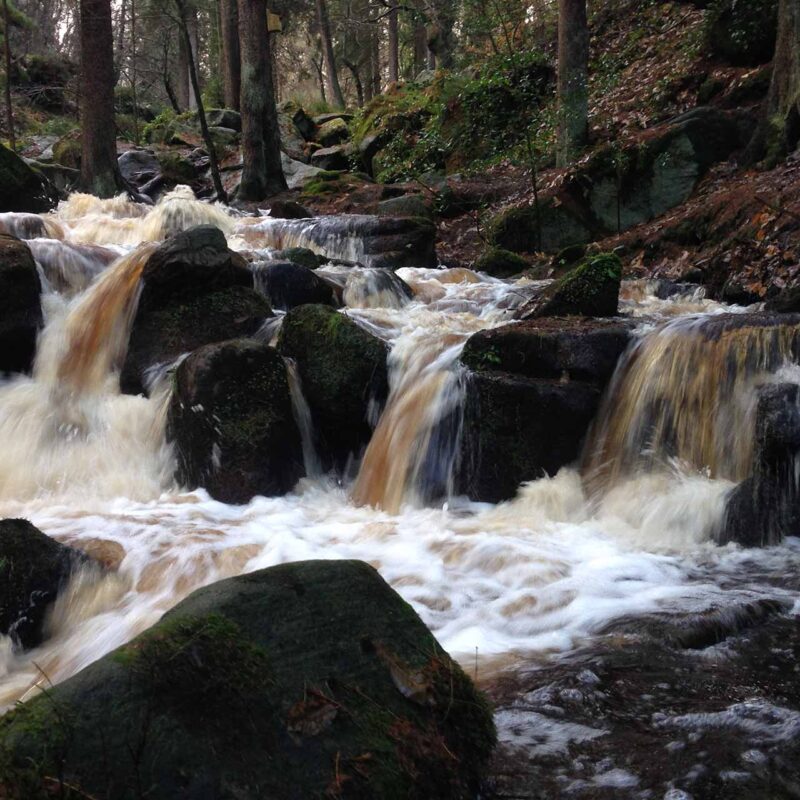
Wyming Brook
A little bit of wilderness on the western edge of Sheffield.